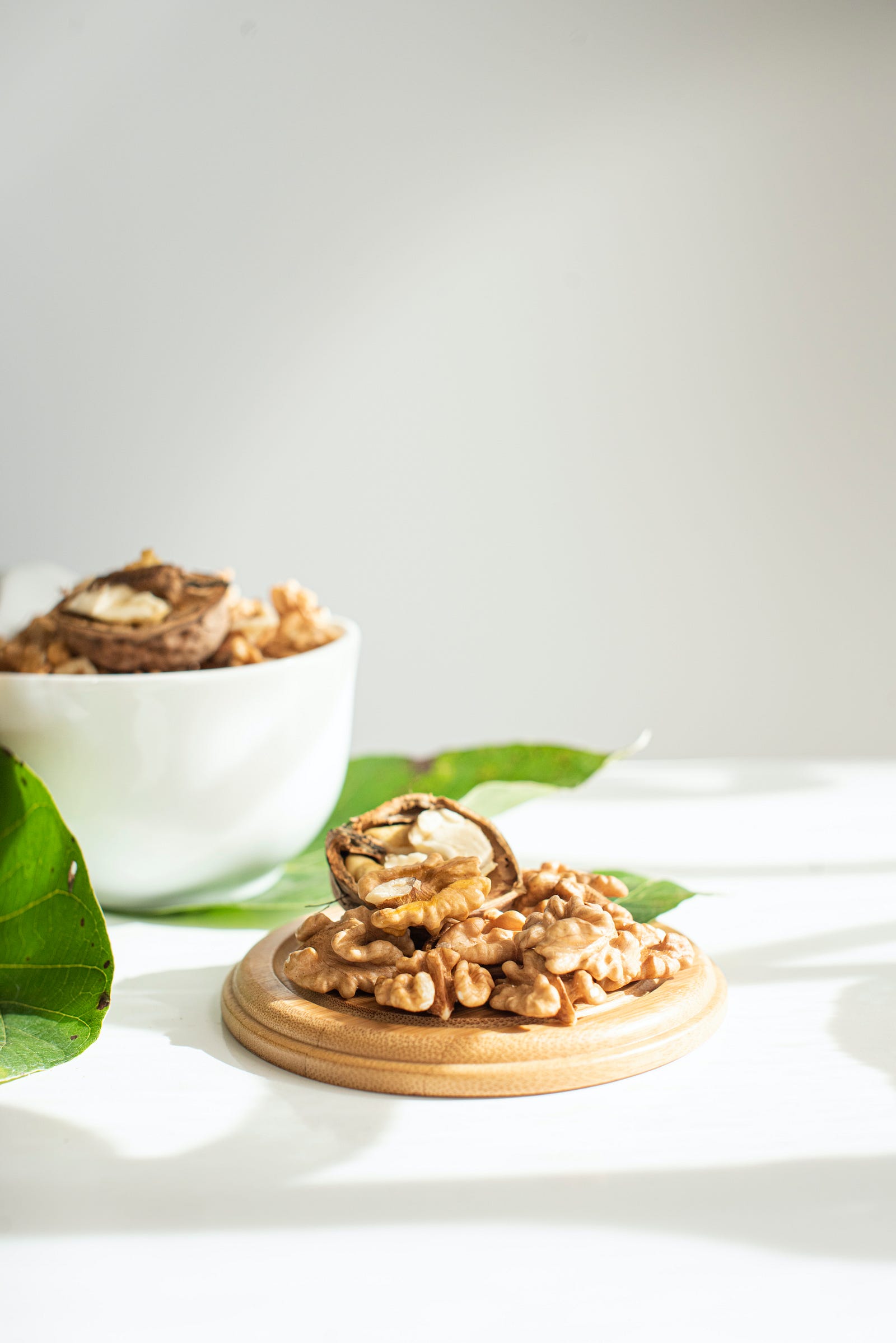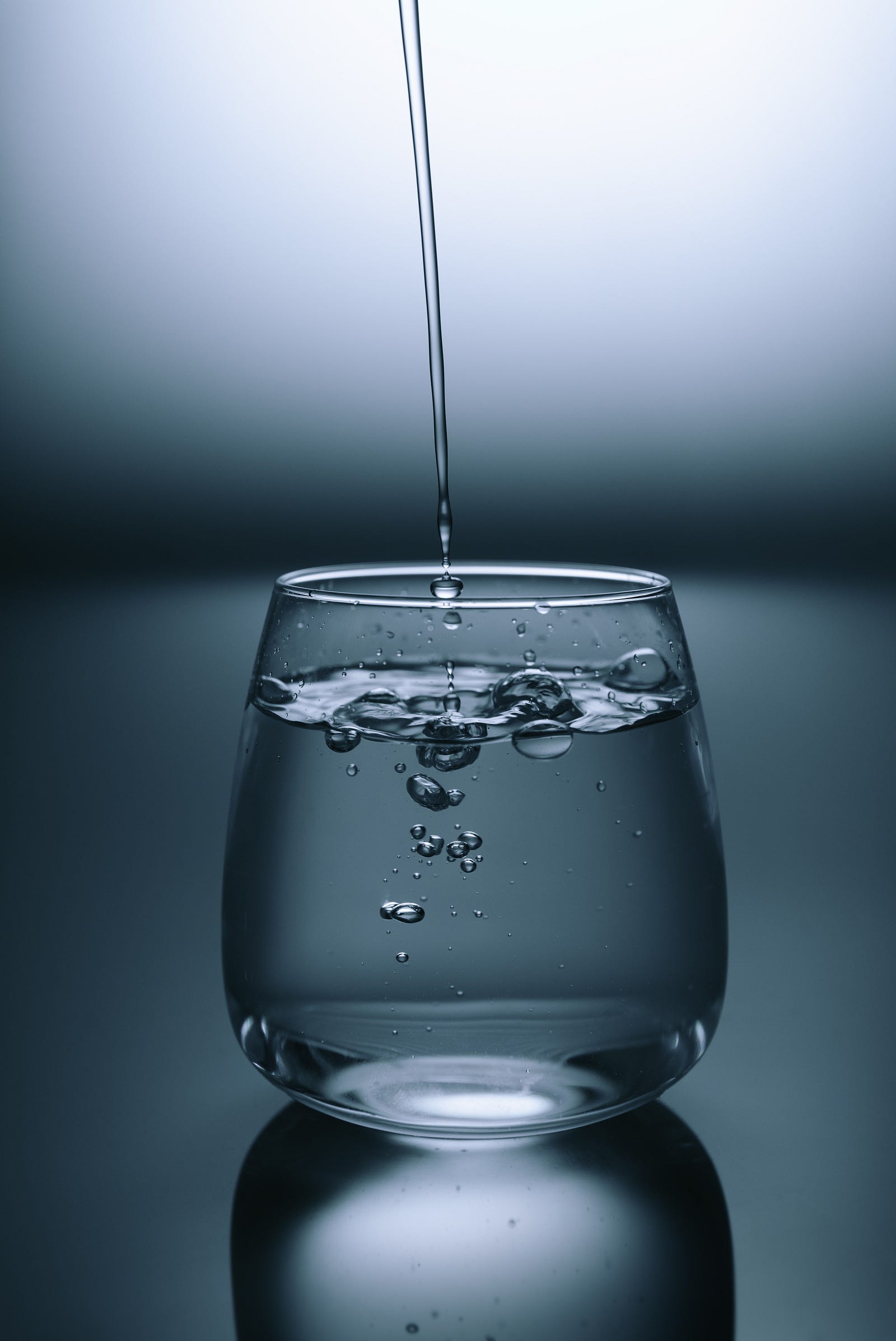DO YOU KNOW THAT “BAD” CHOLESTEROL LEVELS surge the most during the winter holidays? And don’t get me started about weight gain. I want to share how I avoid cholesterol surges during the holidays. Today, we jingle to low cholesterol.
The holiday season is a time of joy, celebration, and, unfortunately, often a time of indulgence.
Research shows that bad cholesterol levels spike the most during this time of year by nearly one-fifth.
As we gather with friends and family to share meals and festivities, it’s easy to get caught up in the delicious temptations surrounding us.
However, maintaining a healthy lifestyle doesn’t have to be sacrificed for holiday cheer.
This essay will explore five practical strategies I use to navigate the festivities without letting my cholesterol levels soar.
1. Physical Activity
Physical activity is my favorite health-promoting behavior. I exercise on most days.
Exercise can improve cholesterol. Move, and you may see your high-density lipoprotein (HDL) cholesterol (the so-called “good” type) rise.

My Goals
With healthcare provider’s support, the U.S. Centers for Disease Control and Prevention offers this:
Adults need 150 minutes of moderate-intensity physical activity each week and two days of muscle-strengthening activity.
If I want to get in the work more quickly, I do 75 minutes of vigorous exercise. Running or jogging are examples.
Moreover, I move more (and sit less) throughout the day. I know that some physical activity is better than none.
Sit less, do any amount of moderate-to-vigorous intensity physical activity, and you should gain health benefits.
It Works For Me
My regular exercise regimen has led to my cholesterol dropping.
My clinicians removed a diagnosis of hyperlipidemia (from three years ago) from my medical chart a few weeks ago. Yes, I smiled broadly.
Regular physical activity can help you maintain a healthy weight, too. You might want to consider:
- Ride your bike
- Play a favorite sport
- Take a brisk walk daily during the lunch hour. Walking is my core activity.
I find creative ways to stay active amidst the tinsel and twinkling lights for the holidays. For example, this focus may mean walking with family in a local park.
2. I Try To Eat Heart-Healthy Foods
For me, this is the most challenging aspect of health promotion. Still, a few simple modifications in my diet can improve my cholesterol and cardiovascular fitness.
Having watched my father die of heart disease in his 86th year, I renewed my focus on diet in 2015. Here’s how I did it:
- I eliminated trans fats. This maneuver was probably the easiest part of my journey. I learned to look at food labels. Trans fats raise LDL “bad” cholesterol and heart disease risk. They also lower HDL “good” cholesterol.

- I increased my omega-3 fatty acids. Come to my office, and you will find plenty of walnuts. Being from the U.S. Pacific Northwest also affords me access to fabulous salmon.
- I reduced my saturated fats. Ditching the full-fat dairy products and being prudent with red meat likely helped lower my low-density lipoprotein (LDL) cholesterol — the “bad” cholesterol. And yes, I still enjoy hamburgers, tacos, bulgogi, and more in moderation. Shake Shack is my favorite burger joint, in case you were wondering.
- I increased my soluble fiber. For me, this meant more apples and pears. I should consider eating more oatmeal and Brussels sprouts, but I am a work in progress.
- I continue to add whey protein. Whey protein can lower both total and LDL cholesterol. Studies also point to blood pressure improvements. I am delighted that my last measure was 112/70, down from 130s/90.
3. I Drink Alcohol Only in Moderation
I don’t usually consume alcohol But, when I do, I am prudent.
While moderate alcohol consumption can raise “good” HDL cholesterol, the idea of alcohol to promote health is waning.
Moderate alcohol use is associated with higher “good” HDL cholesterol. However, the benefits aren’t strong enough to recommend alcohol for those who don’t already drink.

What is Moderate Alcohol Consumption?
If you drink alcohol, please do so in moderation.
To reduce alcohol-related harm risk, the 2020–2025 Dietary Guidelines for Americans recommends that healthy adults of legal drinking age:
- Drink in moderation or choose not to drink. The former means limiting consumption to one drink or less in a day for women or two drinks or less in a day for men on days when alcohol is consumed.
- Those who do not drink alcohol should not start drinking for any reason.
- If you choose to drink, consuming less is better for your health than drinking more.
The guidelines remind us that some should not drink at all:
- If they are (or might be) pregnant.
- If they are under the age of 21.
- If they have certain medical conditions or are taking certain medicines that can interact with alcohol.
- If they are unable to control the amount they drink or are recovering from an alcohol use disorder.
Excessive alcohol can lead to serious health issues, including high blood pressure, heart failure, and strokes.
Navigating the Dance Between Spirits and Cardiovascular Health
PICTURE THIS: A HEALTH DRAMA WHERE ALCOHOL and your heart waltz in a dance of benefits and risks. Are you ready for…medium.com
4. I Don’t Smoke
A smoking cancer doctor would be a bad look, no?
If you smoke, quitting can lead to improvements in your “good” HDL cholesterol levels.
What surprised me was learning that the cholesterol benefits come quickly:
- Within 20 minutes of quitting, your blood pressure and heart rate improve.
- Within three months of quitting, your blood circulation and lung function improve.
- Within a year of quitting, your heart disease risk is half that of a smoker.
5. Mindful Eating
I am working on mindful eating. The holiday table is a feast for the senses, with various delectable dishes that can challenge even the most disciplined eater.
However, adopting a mindful approach to eating can make a significant difference. Rather than mindlessly piling your plate high, take a moment to survey the options.
I choose smaller portions of my favorite dishes and savor each bite.
Engaging in conversation and enjoying the company of my loved ones slows down your eating pace, allowing your body to register fullness more effectively.
6. I Hydrate
Amidst the array of festive beverages, I don’t forget the power of hydration.

Water is not only essential for overall well-being but can also aid in digestion and prevent overindulgence.
If I consume any alcohol, I make it a point to alternate alcoholic drinks with water and consider infusing water with seasonal fruits for a refreshing twist.
Moreover, staying adequately hydrated makes it easier for me to resist the temptation of excessive snacking.
7. I Detox
Okay, that subheading may be too much. As the holiday season winds down, I incorporate a post-holiday detox and renewal plan into my routine.
I don’t go to extremes but focus on re-establishing balance. This means increasing my consumption of fresh fruits, vegetables, and water.
I also build back up to my regular physical activity program. This relatively gentle approach can help my body recover from the holiday festivities and set the stage for a healthy start to the new year.
Final Thoughts — Jingle to Low Cholesterol
Jingling all the way to low cholesterol during the holidays requires a combination of mindfulness and smart choices.
Adopting these seven strategies allows me to navigate the festive season with my heart health intact.
The holiday season can be a good time to examine your current physical activity and eating habits and to consider possible ways to become healthier in the new year.
The holidays are a time for celebration and joy; I can savor the season without sacrificing my well-being with a thoughtful approach.
Get an email whenever Dr. Michael Hunter publishes.
drmichaelhunter.medium.com.
Thank you for reading “Jingle to Low Cholesterol.”



